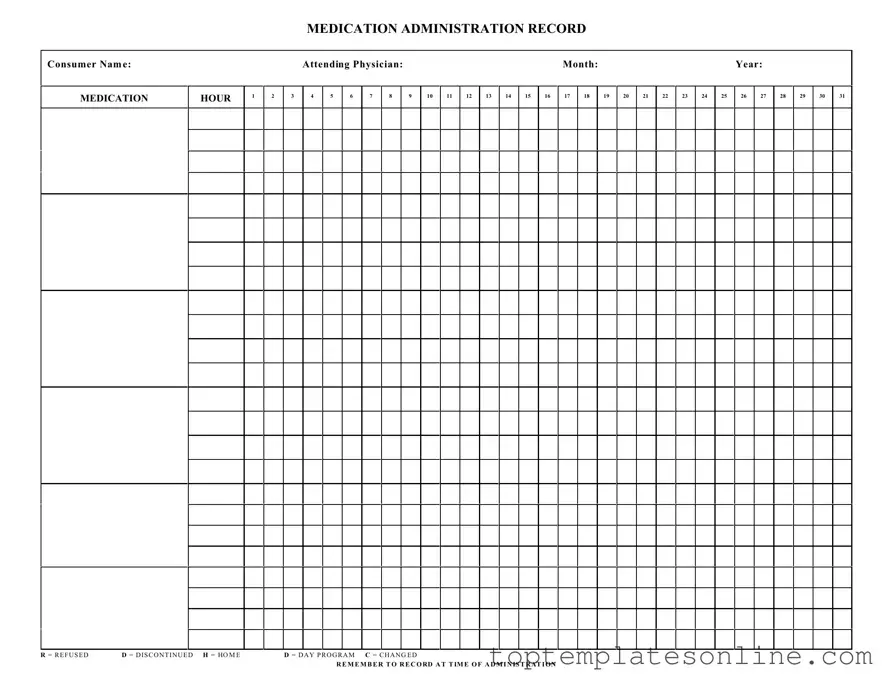Fillable Medication Administration Record Sheet Form
The Medication Administration Record Sheet is a crucial document used to track the administration of medications to patients. This form helps ensure that all medications are given at the correct times and allows for accurate record-keeping by healthcare providers. Proper use of this sheet can significantly enhance patient safety and medication management.
Customize Medication Administration Record Sheet Here
